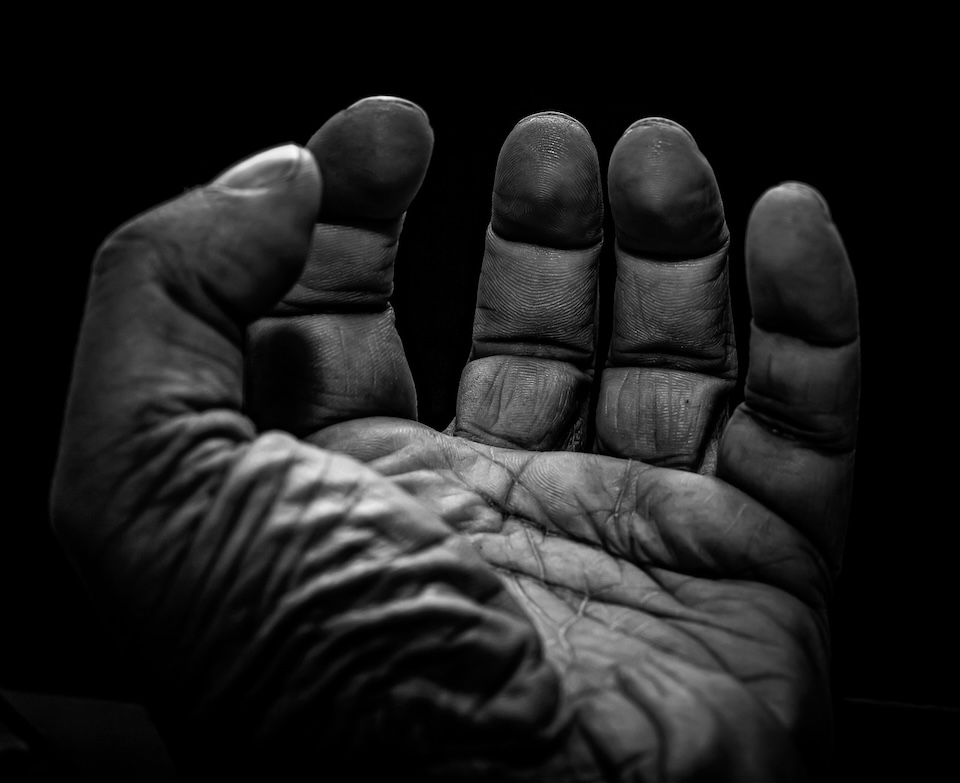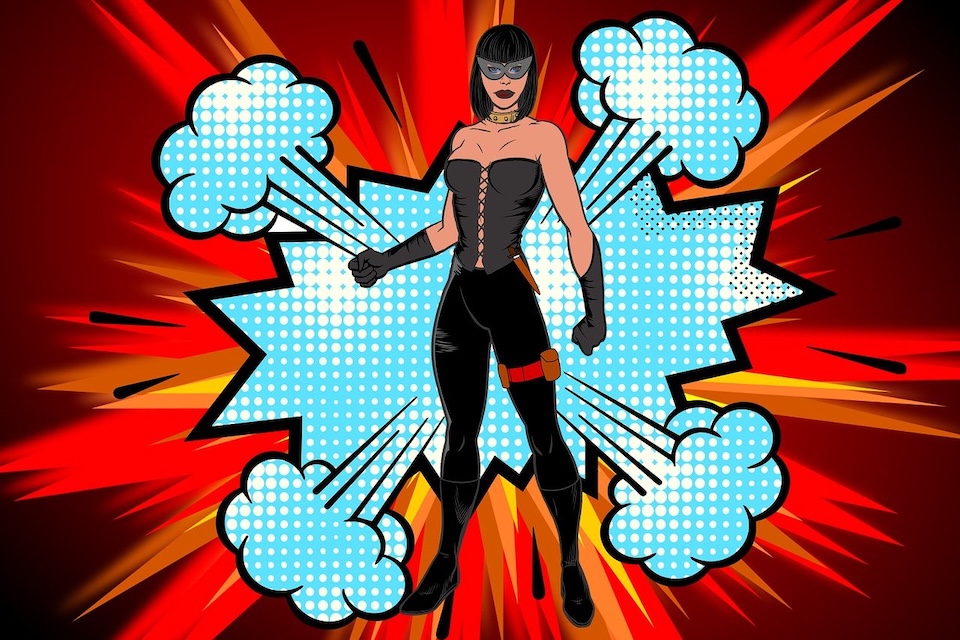This Reactionary Zone is a doozy. It is a “plan ahead, practice often, have more than one answer and have more than one tool” kind of space. It is a “know who you are, understand that not all people are good people and make pre-need decisions” kind of space. In the past couple months, The WON has published two articles focusing on understanding The Complete Combatant’s Reactionary Zones. Here’s the third piece in this series – focusing on when you have the least amount of time.
The Complete Combatant has named its four Reactionary Zones as follows: “MOST amount of time to react,” “SOME amount of time to react,” “LEAST amount of time to react” and “NO amount of time to react.” In Reactionary Zones Part 3, we will be focusing on The Complete Combatant’s “LEAST amount of time to react” distance.
This piece is Part 3, which focuses on the last Reactionary Zone that truly gives you enough time to process what you are seeing, make a decision, and then move into action to respond.

Scenario: It is a crisp January night, you have just had an outstanding dinner with some friends and it is now time to say goodbye. Everyone is getting bundled up, farewell hugs are given and everyone is extending well wishes as a new year begins. Everyone is parked in different areas of the lot but the parking area is still full of cars and it is very well lit, so you are a bit careless. Just as you reach your vehicle, an apparent unarmed man jumps out from behind one of the cars that is parked close to you, aggressively asks for money and starts working his way towards you. What do you do?
Am sure you have heard the term “it takes a village.” When presenting the concept of zones, many brilliant people played a part. Edward T. Hall is a large influence to me because of his research on the natural distance maintained between people when communicating.
Edward T. Hall is a cultural anthropologist who specialized in proxemics that are maintained by healthy, adult, middle-class Americans. He wrote a book called “The Hidden Dimension” that explains “proxemics” and the difference in “distance awareness” among many cultural groups.
There are several “aspects” of proxemics. The one that Hall writes about is the distance maintained between people when they are communicating. Hall named his four distances public, social, personal and intimate.

Per Hall, personal distance ranges from 1-to-4 feet. He considers this distance zone as long as an arm’s length. He explains subjects of personal interest can be discussed while physical contact, such as holding hands. It is also interesting to note that Hall did not spend tons of time talking about violence options in proxemics, but he does mention that in this zone, you are close enough to hit the other person in the nose.
Because of Hall’s framework, we know people can feel the pressure of whether that person belongs in a specific zone/space/distance. In self-protection management, we can use his research to our advantage by measuring the violence options available to the bad person while measuring the options available to us to react, act and then respond.
Now let’s switch gears from normal healthy adults, to criminals. The LEAST Reactionary Zone, which is 6-to-12 feet from you to the bad guy, gives you the “LEAST amount of time to react.”
There are some things to consider in the LEAST time to react distance.

Now back to the scenario. Just as you reach your vehicle, an apparent unarmed man jumps out from behind one of the cars that is parked close to you, aggressively asks for money and starts working his way toward you. Your guard may be down, but long ago you made the decision to have pepper spray in your dominant hand and a small flashlight in the other when you are alone at night. You have no problem handling these tools on a cold winter’s night because you have practiced deployment, aim and application with gloves on.
You know that the cars in-between you and him will slow him down, but there is still no time to ask or tell him to go away, so you move right into make. You may scream, “Get away from me!” as you blind him with your flashlight to disorient, immediately follow up with pepper spray across the eyes to stop him in his tracks and then run safely back into the restaurant.

You are now the hero of your own story. You made decisions in advance, practiced verbal commands and different tools, you knew your pepper spray would reach up to 12 feet, and you understood how to use obstacles in your favor. Way to go!
Next month’s article will be focusing on Hall’s intimate distance and The Complete Combatant’s NO time or NO choice zone.
Want to train with Shelley and Brian Hill and the team at The Complete Combatant? Check out their website for opportunities, resources, swag, LockedIn Grip, apparel and more.
Shelley Hill wears a "bunch of hats." Her husband, Brian, named her the “Indispensable Organization Wizard” about 25 years ago and that has become her official title. Shelley is co-owner, XO and instructor at The Complete Combatant. She is an HK Brand Ambassador, publishes regular articles in Women’s Outdoor News and Shooting Illustrated, teaches online classes, is an Active Self Protection Certified Instructor, an Instructor Graduate of Modern Samurai Project's Red Dot Instructor program, NRA Certified Instructor, Certified NRA Chief Range Safety Officer, Refuse to be a Victim Instructor and is a Certified OC (Pepper Spray) Instructor through Chuck Haggard's Agile Training & Consulting. She is the designer and mastermind behind Image Based Decisional Drills, Smart Choices , LockedIn Grip, The Complete Combatant's annual The Mingle for professional ladies in the "firearms/self defense" industry and The Quest for red dot shooters. She is also the President of a non-profit organization called Blue Line Ponies. This 501c3 focuses on providing a retirement range for our career service horses. Shelley is also a presenter at several national conferences is a public speaker and she actually loves people. View all posts by Shelley Hill